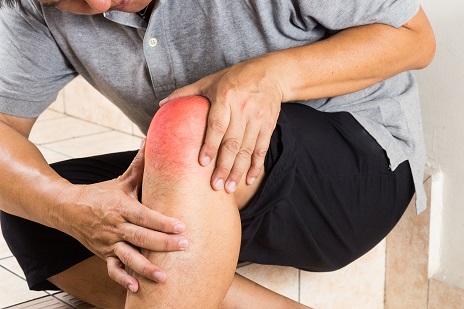More than 5 years of statin use lowers risk for OA knee pain
Although it remains unclear whether statins have an impact on knee OA outcomes, patients with OA who used statins for more than 5 years, as well as those who used atorvastatin, demonstrated a significantly reduced risk for experiencing knee pain, according to findings published in Arthritis Care & Research.
“It was reported that statins have multiple effects on inflammation at cellular and extra-cellular level, including reduction in inflammatory cytokines and T cell activation,” Nicola Veronese, MD, of the Neuroscience Institute’s National Research Council, Padova, Italy, and colleagues wrote. “Given that many of these systems are influential on OA, it is possible that statins may have a role in altering the course of the progression of knee OA and its symptomatology, which may be counteracted by the well-known muscle ache, developed under long-term statins use.”
To determine whether the use of statins is associated with a lower risk for radiographic OA, radiographic symptomatic knee OA and pain among patients in North America, Veronese and colleagues reviewed data on 4,448 community-dwelling adults enrolled in the Osteoarthritis Initiative. All participants either had knee OA with knee pain for a 30-day period in the past 12 months, or were at a significant risk for knee OA.

The researchers tracked patient-reported statin use, as well as type, from baseline to 48 months. Analyzed outcomes included radiographic OA, radiographic symptomatic knee OA and a worsening of knee pain.
According to the researchers, among the 4,448 included participants, 25.3% used statins. After performing a multivariable Poisson regression analysis, with robust variance estimators, the researchers determined that any statin use was not linked to a reduced risk for worsening pain (RR = 0.91; 95% CI, 0.93-1.02).
Statin use was also not associated with incident radiographic OA or radiographic symptomatic knee OA, the researchers wrote. However, more than 5 years of statin use was associated with a reduced risk for pain (RR = 0.91; 95% CI, 0.83-0.997), as was the use of atorvastatin (RR = 0.95; 95% CI, 0.91-0.996). Rosuvastatin use was associated with a greater risk for pain (RR = 1.18; 95% CI, 1.12-1.24).
“Our data suggest that, overall, any statin use was not associated with a lower risk of pain worsening, radiographic and symptomatic knee OA due to knee OA in this large cohort of North American people,” Veronese and colleagues wrote. “However, people using statins for more than 5 years and those using atorvastatin reported beneficial effects on pain worsening, whilst people taking rosuvastatin reported an increased risk for pain worsening. Therefore, future [randomized controlled trials] are needed to confirm/refute our observational findings.” – by Jason Laday
Disclosure: Veronese reports no relevant financial disclosures. Please see the study for all other authors’ relevant financial disclosures.
